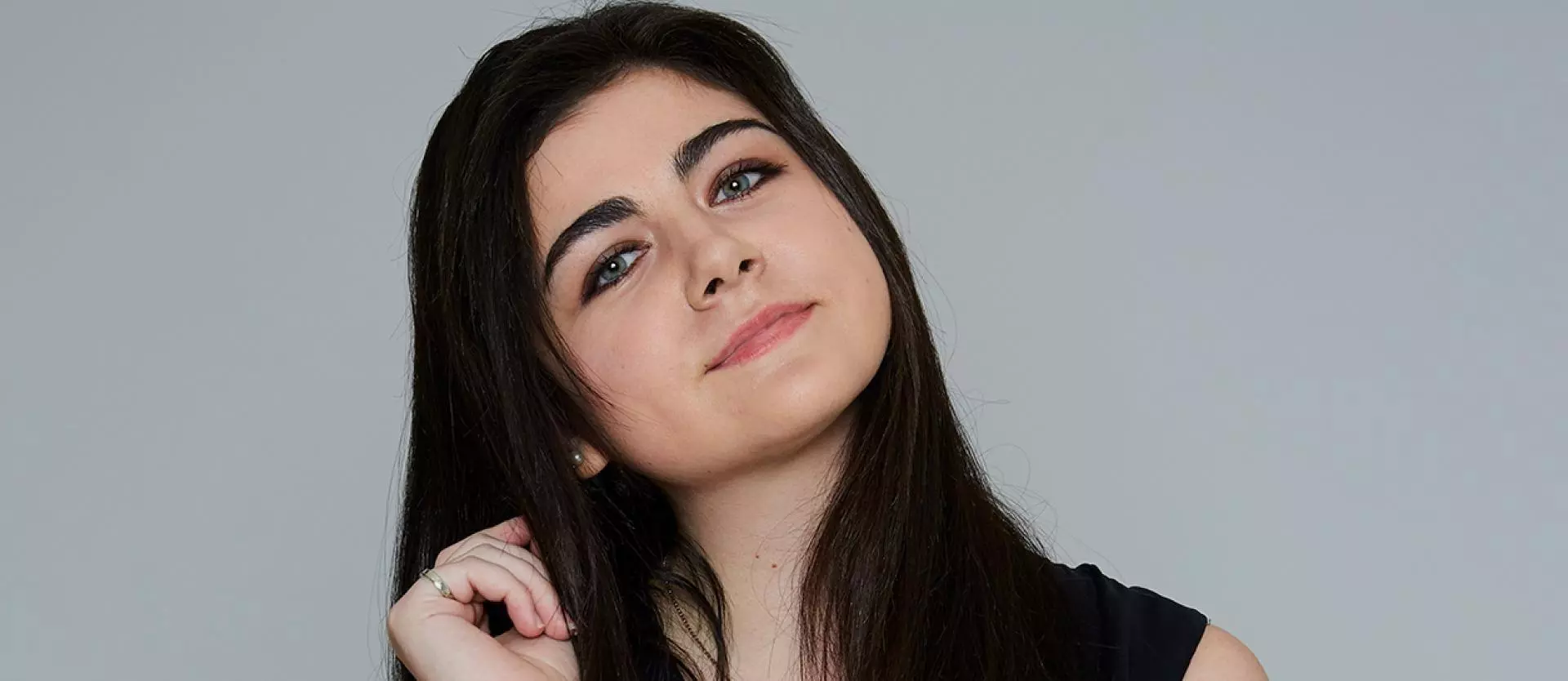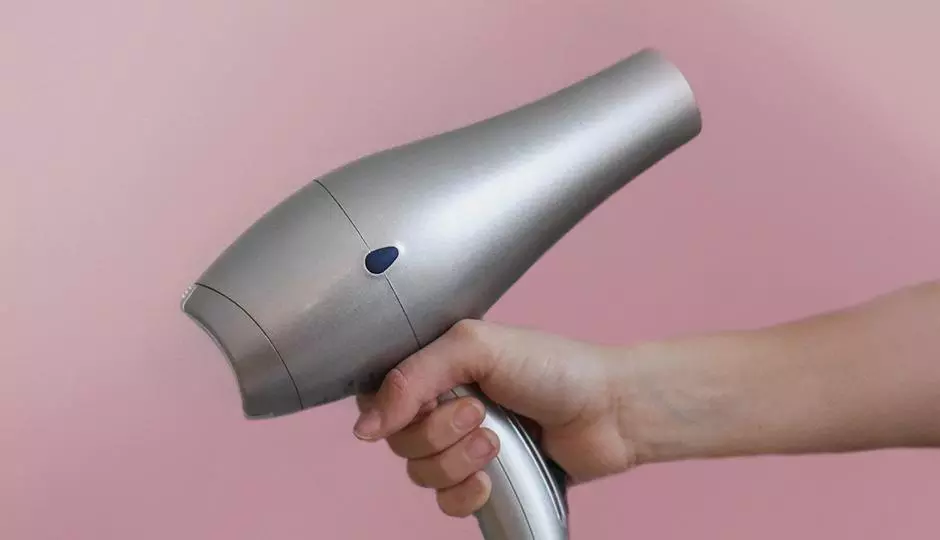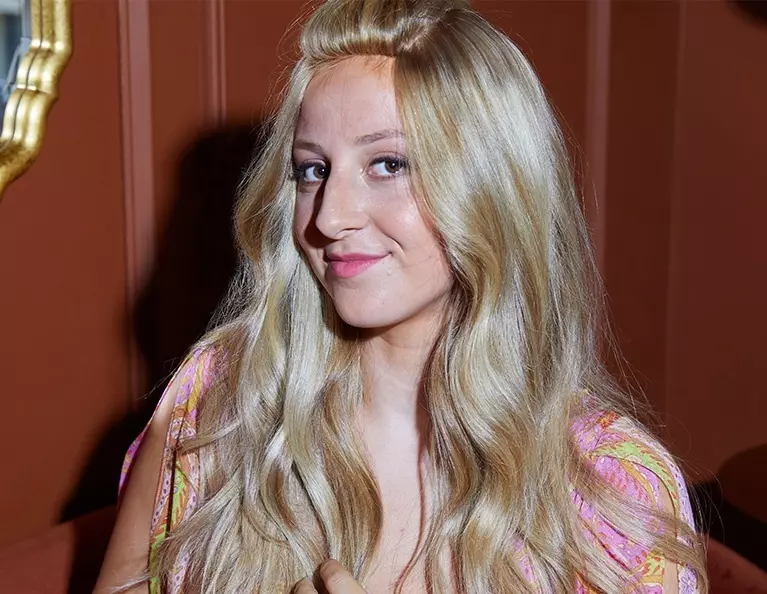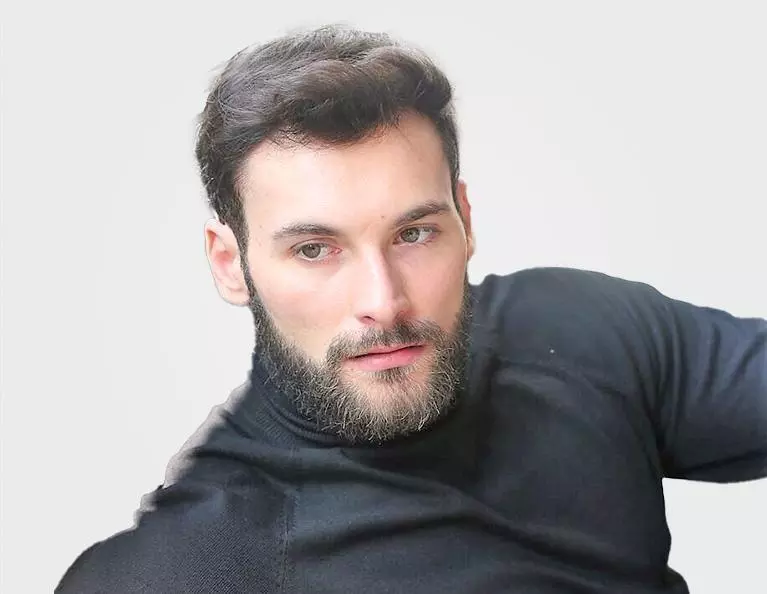Do you suffer from trichotillomania? Many people in the United States do, and many do not realize there is a condition related to it. They believe there is something wrong with them. Most do not know why they do it or how to stop it. And, most do not recognize the symptoms of a larger underlying problem. If you suffer from trichotillomania, it is important to take steps to get help for your condition. The good news is this condition, which involves the repeated pulling out of hair, can often be treated effectively.
How Many People Suffer From Trichotillomania?
Statistics indicate that as many as 2.5 million Americans in the United States are impacted by trichotillomania. Most of these people are women. This condition occurs much more commonly in women than in men, but it can impact both genders and people of all ages. It is important to understand what this condition is and just how prevalent it is so that you can seek out help if you are suffering from it or guide your loved one to the care he or she needs if necessary. What should you know about trichotillomania?
Defining Trichotillomania
Trichotillomania is not an obsessive-compulsive disorder, even though it is commonly labeled as such. However, it is very serious and can have long-lasting effects on a person if it is not treated properly. As noted, the condition involves the irresistible urge of pulling hair out. People may feel the need to pull hair out from their scalp (most commonly) or the eyebrows or any other location in which hair grows. This is not just a frustrated pulling off a hair that’s loose or stray, but rather the constant pulling of hair to remove it from the scalp for no reason.
This condition often leaves individuals with damaged scalps. It can create bald areas that have skin that tends to be very dry and inflamed. And, in some cases, the hair may not grow back properly in these areas. Those who have Trichotillomania will also spend a great deal of time working to cover up their condition. This may be a very embarrassing experience for them, which leads to withdrawal from social interactions as well. Disguising hair loss at this level can be hard to do especially as the condition spreads and worsens.
Why Does It Happen?
Like many types of conditions like it, there is no known cause of this condition specifically. It is believed, by most doctors, that the condition is related to complex disorders. This may be impacted by genetic makeup as well as environmental factors. In some people, stress can play a very big role in the development of this condition. If someone has an underlying likelihood of having Trichotillomania and then faces significant stress in his or her life, this can lead to the onset of Trichotillomania. In addition, many people who have other mental health disorders, including anxiety, depression, or obsessive-compulsive disorder, often suffer from this condition as well.
What Can Be Done to Help Those with Trichotillomania?
There is no instant cure for this condition. In fact, medications are not often the solution here as well. To get a person to stop pulling hair, it will be important to focus on therapy. Habit reversal training is one of the options that can help many people. It helps individuals to recognize that they are pulling hair, why they are doing so, and what they can do instead.
Another treatment option is the use of cognitive therapy. It is a type of treatment that helps many people who have a distorted belief system to come face to face with reality. And, acceptance and commitment therapy can also work in many people who have this condition.
If you suffer from trichotillomania, realize that you are not alone. That is at the heart of it, the most important factor to keep in mind. This body-focused repetitive behavior requires attention. The good news is that many women who have trichotillomania can see significant improvement in their day-to-day life and quality of life if they seek out the proper treatment for it.
Twenty-Year-Old Brooke
Brooke has been living with trichotillomania since her early teens. She is a 20-year-old college student and came to see us for help with covering up a spot on the top of her head that she developed after years of pulling. It was difficult for Brooke to style her hair without feeling self-conscious about others seeing the spots or patches on her scalp. We designed a top of the head system made with healthy human hair to conceal the thinning area. In addition, lightweight human hair extensions were applied for length and volume. We are happy that we were able to help Brooke feel better about her appearance while she is undergoing treatment for trichotillomania with a local specialist.
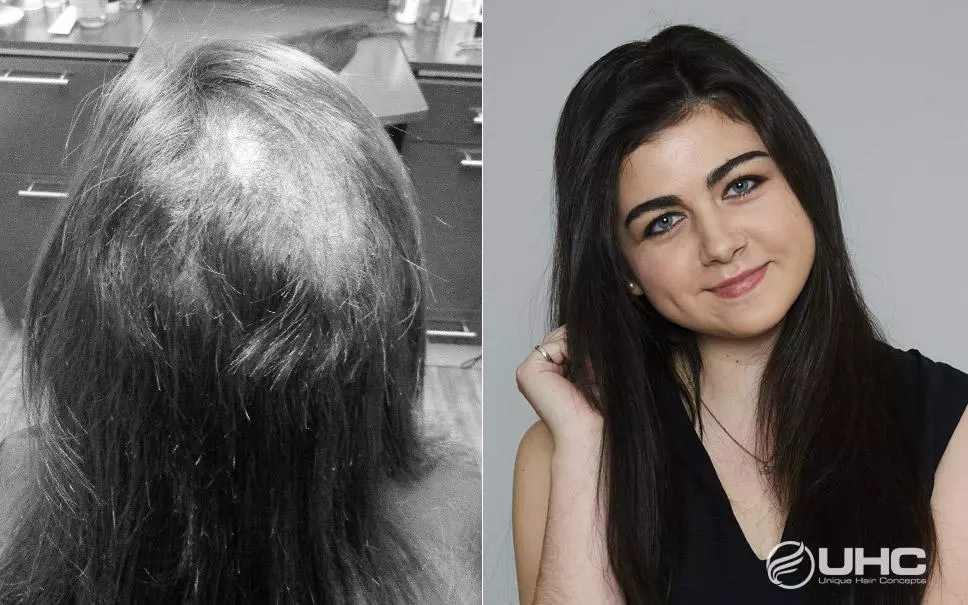
At Unique Hair Concepts, we offer various options for women and men with trichotillomania to cover up bald or thinning spots on the scalp. We are not offering a cure for trichotillomania but a service for those that may feel ashamed or self-conscious that others may see their hair pulling. A free, private consultation is offered at the center to discuss all of your options.
